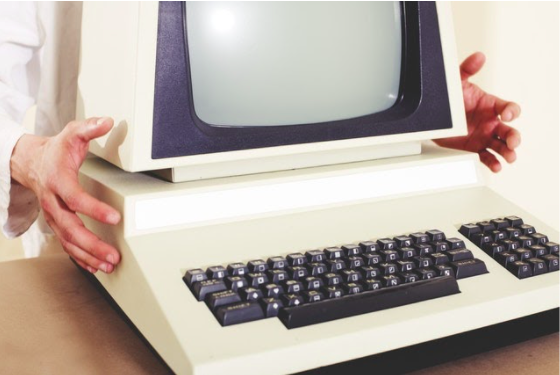 Databases are a critical part of our world. We use them without even realizing it, such as when buying something online, logging into a streaming service or checking a bank statement. The concept of a database existed long before computers were invented. The difference is that these databases were on paper and stored in journals, libraries and filing cabinets.
Databases are a critical part of our world. We use them without even realizing it, such as when buying something online, logging into a streaming service or checking a bank statement. The concept of a database existed long before computers were invented. The difference is that these databases were on paper and stored in journals, libraries and filing cabinets.
Paper databases were not nearly as efficient as what we have today. Paper takes up a lot of space and makes it difficult to find specific information. And certainly, you couldn’t just backup your paper database, which meant these files were vulnerable to damage from water or fire.
With the invention of computers, databases have become much easier to organize, store and manage. Let’s learn more about the history of databases and how they help our world run efficiently.
1960s – The Beginning
Before the 1960s, databases did exist, but they were developed by large organizations like hospitals and government offices. In the 1960s, the first computerized databases were developed. The two popular data models at this time were a hierarchical model called IMS and a network model called CODASYL.
1970s – Introduction of Relational Databases
In the 1970s, the relational database model was proposed, changing the way people thought about databases. In this model, the schema (or logical organization) is disconnected from physical information storage. This became the basic foundation for database systems from this point forward.
In the late 1970s, another database model called Entity-Relationship was proposed. This model focuses on data application instead of logical table structure. It is a graphical approach to database design and used by software engineers, education departments and researchers.
1980s – SQL Becomes the Standard Query Language
SQL (Structured Query Language) became the standard query language in the 1980s. SQL lets people access and manipulate databases so that they can retrieve data, update or delete records, create stored procedures and more. We still use this language today.
Additionally, relational databases grew significantly during the 1980s, while earlier navigational models were phased out.
1990s – The Internet
The birth of the internet led to exponential growth for the database industry. It was now easier than ever to create, store and manage databases – and now they could be shared with multiple people in different places. High investments in online businesses also led to the demand for client-server database systems.
2000s – NoSQL
Database applications continued to grow in the 2000s, and NoSQL (not only structured language) databases became popular. NoSQL databases are useful for unstructured data and grew significantly during the 2000s because of the ability to process large, more diverse databases.
2010s-Today – Big Data and Cybersecurity
The 2010s were all about data awareness. Big data was a major buzzword and it meant that databases had to collect, organize and make use of a large amount of data. To help with this, automation software became popular. This was also a time when people began to value the integrity of their data and how to keep it safe.
Databases have a long and rich history, and we continue to see them improve year after year. No wonder why today, we find ourselves using databases in most of the things we do!
